The Rise and Fall Of America’s Most Infamous Fashion Trends
Fashion is a fascinating reflection of societal shifts and technological advancements. Trends are like waves, ebbing and flowing with time. Each era introduces its unique style, influenced by cultural, economic, and political factors. From the opulent gowns of the Victorian era to the streetwear dominance of today, fashion trends offer a vivid snapshot of our collective history. As we journey through these styles, we see how fashion not only adapts to the times but also shapes them.
The Birth of American Fashion Trends
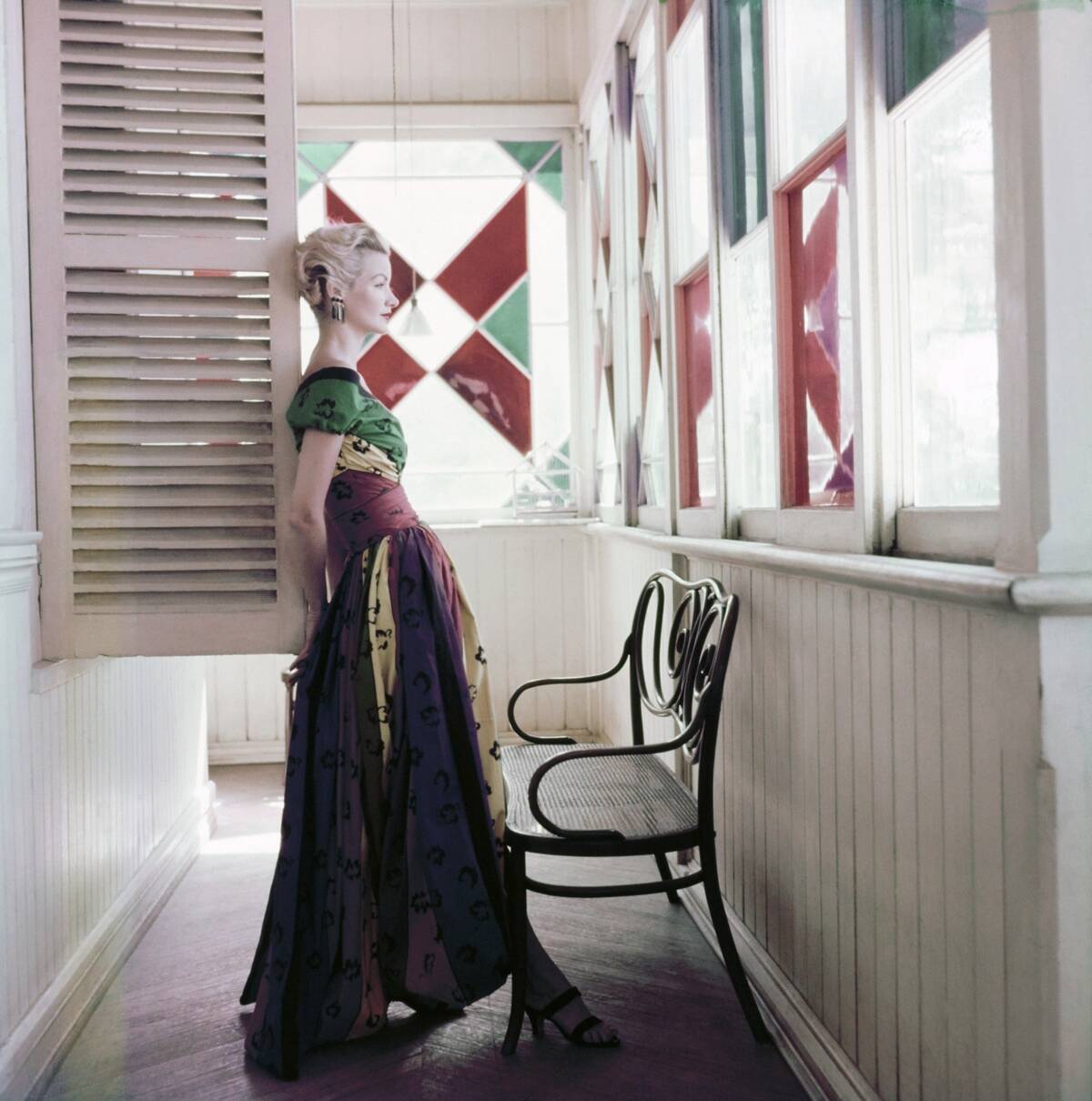
American fashion trends began to take shape in the early 20th century, distinguishing themselves from European influences. The rise of Hollywood played a significant role, with movies dictating popular style. Designers like Claire McCardell championed the ‘American Look,’ emphasizing practicality and comfort. This era marked the beginning of a fashion identity that was uniquely American, characterized by innovation and a break from tradition, setting the foundation for future trends.
The 1920s: Flapper Dresses and Jazz Age Glam
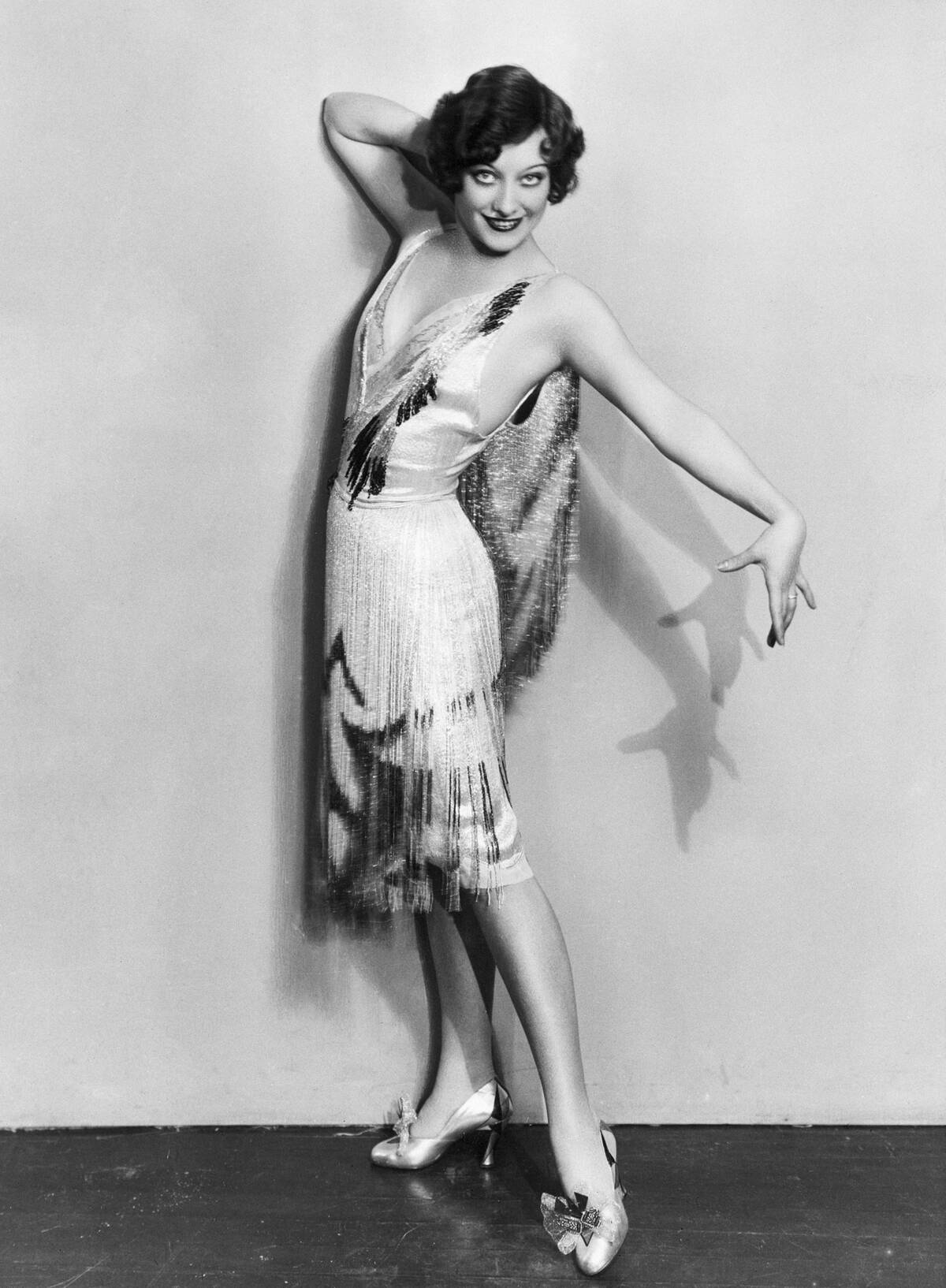
The 1920s were defined by the flapper dress, a symbol of women’s liberation and the Jazz Age. These dresses, often adorned with beads and fringe, allowed for greater freedom of movement, reflecting the era’s lively spirit. Coco Chanel popularized the little black dress during this decade, a staple that remains timeless. The fashion of the ’20s was all about rebellion against the old norms, embracing new, daring silhouettes and styles.
The 1950s: Poodle Skirts and Greaser Chic
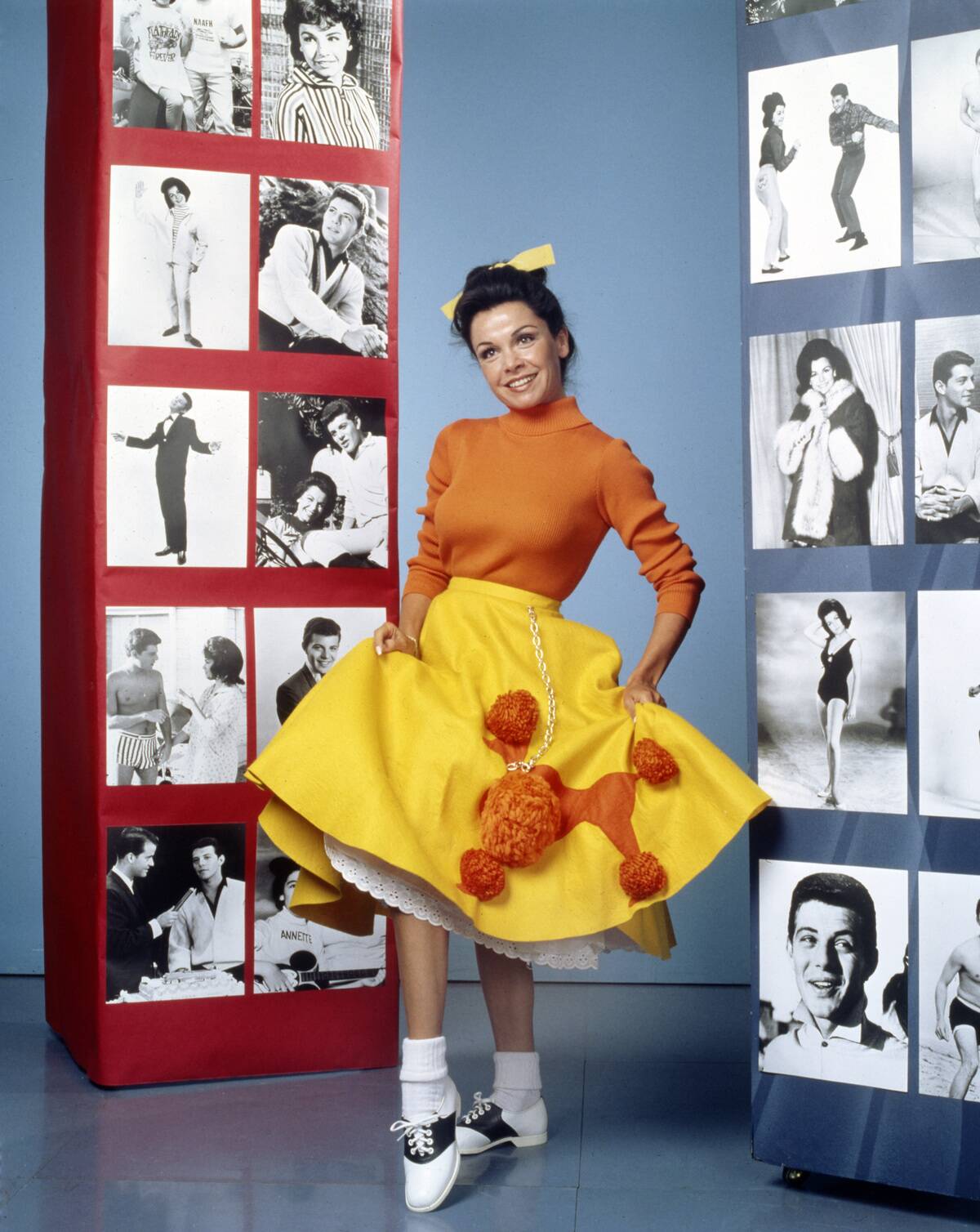
Post-war optimism in the 1950s brought a return to femininity with poodle skirts and tight sweaters for women. These iconic skirts were often paired with saddle shoes and button-down blouses. Meanwhile, the greaser look, inspired by Marlon Brando and James Dean, featured leather jackets and denim, capturing the rebellious spirit of the youth. The fashion of the ’50s was a mix of conservative styles and edgy rebellion, catering to diverse tastes.
The 1960s: Bohemian Styles and Bold Patterns
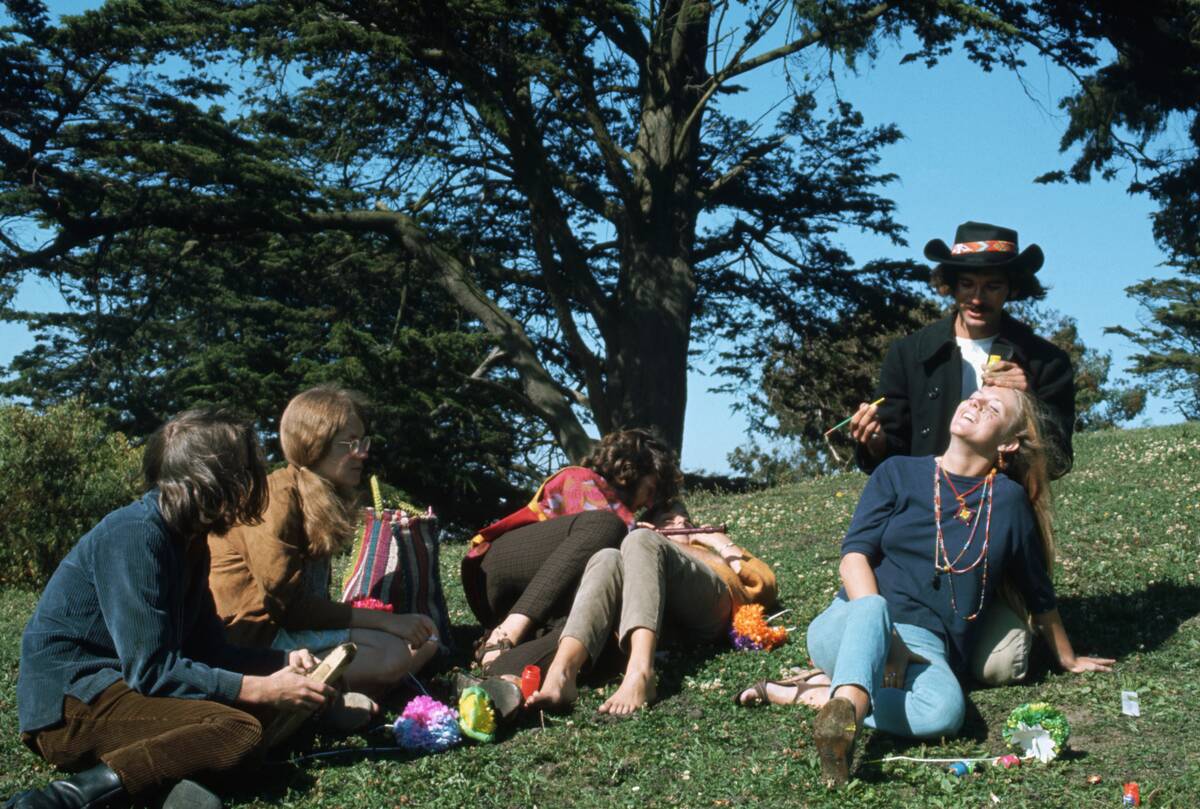
The 1960s were a time of radical change, and fashion was no exception. The decade saw the rise of bohemian styles, with flowing skirts, headbands, and natural fabrics. Bold patterns and bright colors dominated, influenced by the psychedelic movement and the counterculture’s embrace of freedom and peace. Designers like Mary Quant popularized the miniskirt, pushing the boundaries of fashion norms and reflecting the era’s spirit of innovation.
The 1970s: Disco Fever and Bell Bottoms
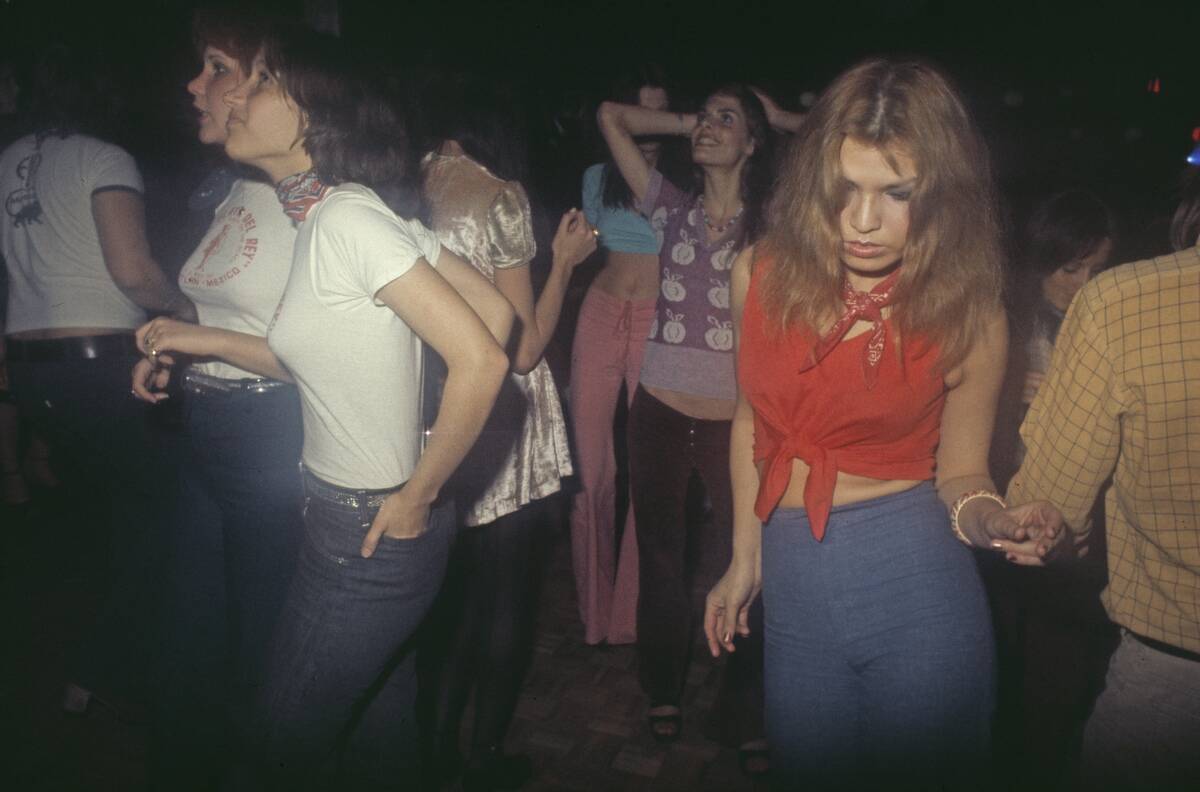
The 1970s were all about disco fever and the dance floor. Bell bottoms and platform shoes became ubiquitous, with vibrant and shiny fabrics taking center stage. The influence of the disco scene brought a sense of glamour and exuberance to everyday wear. Polyester was the fabric of choice, and designers like Halston embraced the era’s love for drama and boldness. The fashion of the ’70s was a celebration of individuality and expression.
The 1980s: Power Suits and Neon Mania
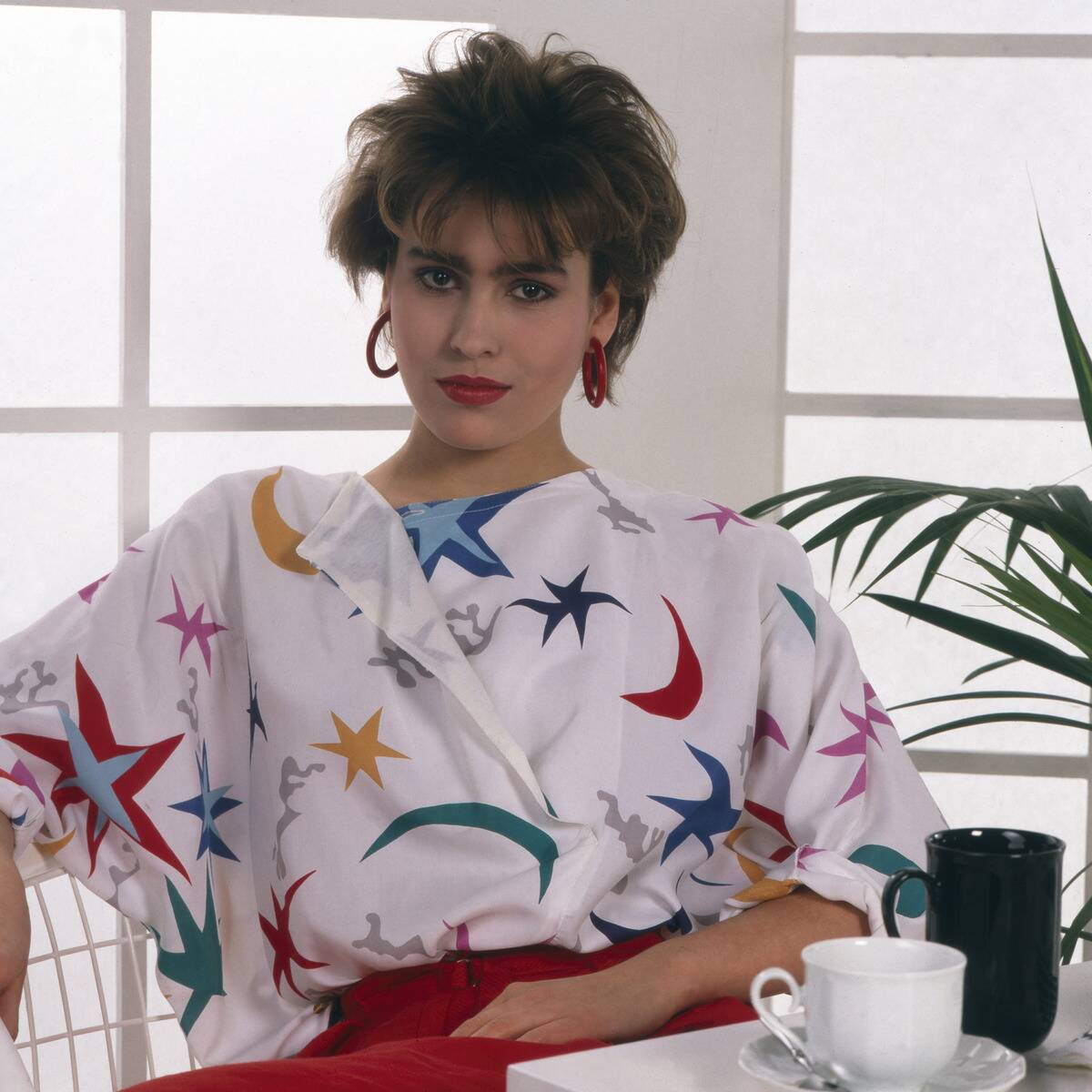
The 1980s were marked by excess and boldness, with power suits and shoulder pads dominating the business world. Neon colors and leg warmers were the rage, reflecting the decade’s energetic vibe. Icons like Madonna and Michael Jackson became fashion trendsetters, influencing styles with their daring choices. The ’80s fashion was all about making a statement, with big hair and bold accessories completing the look. It was a time of experimentation and self-expression.
The 1990s: Grunge, Plaid, and Minimalism
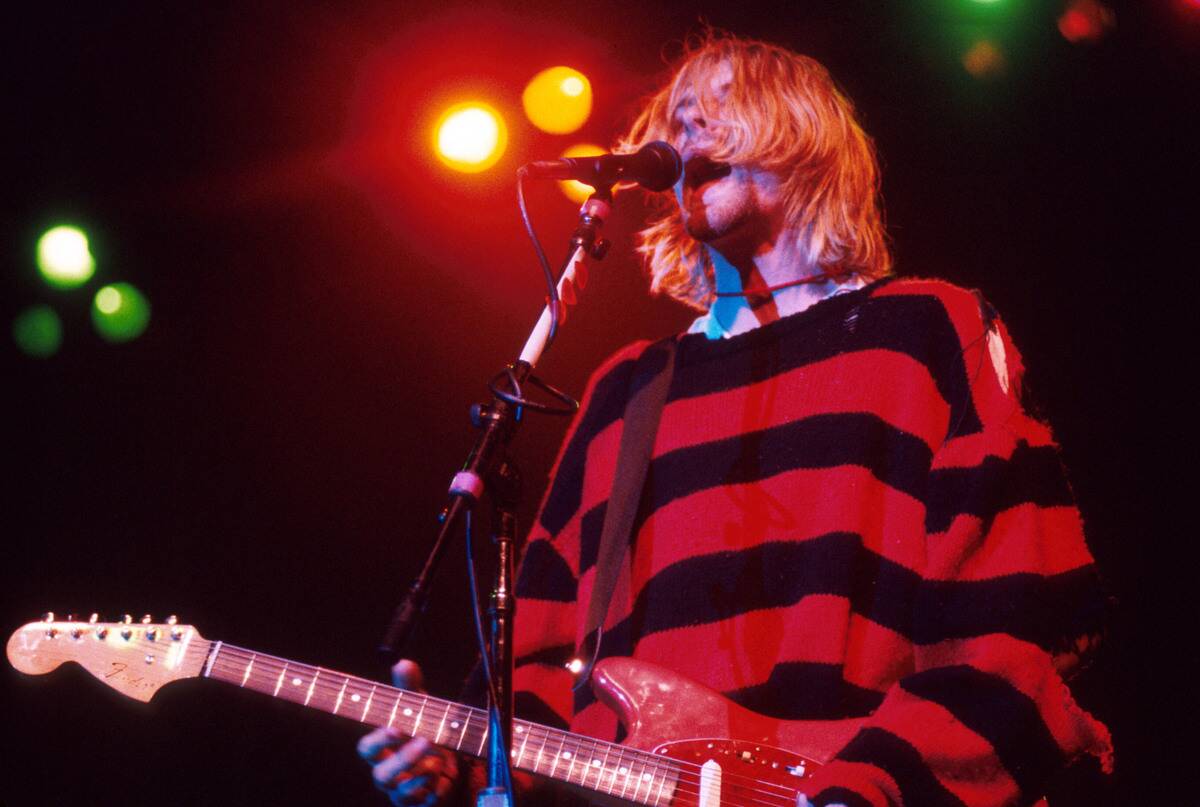
The 1990s embraced a more laid-back aesthetic with the rise of grunge, popularized by bands like Nirvana. Plaid flannel shirts, ripped jeans, and combat boots became staples of this subculture. Minimalism also gained traction, with designers like Calvin Klein focusing on clean lines and simple silhouettes. The fashion of the ’90s reflected a mix of rebellion and simplicity, catering to a generation that valued authenticity and individuality.
The Early 2000s: Low-Rise Jeans and Bedazzled Everything
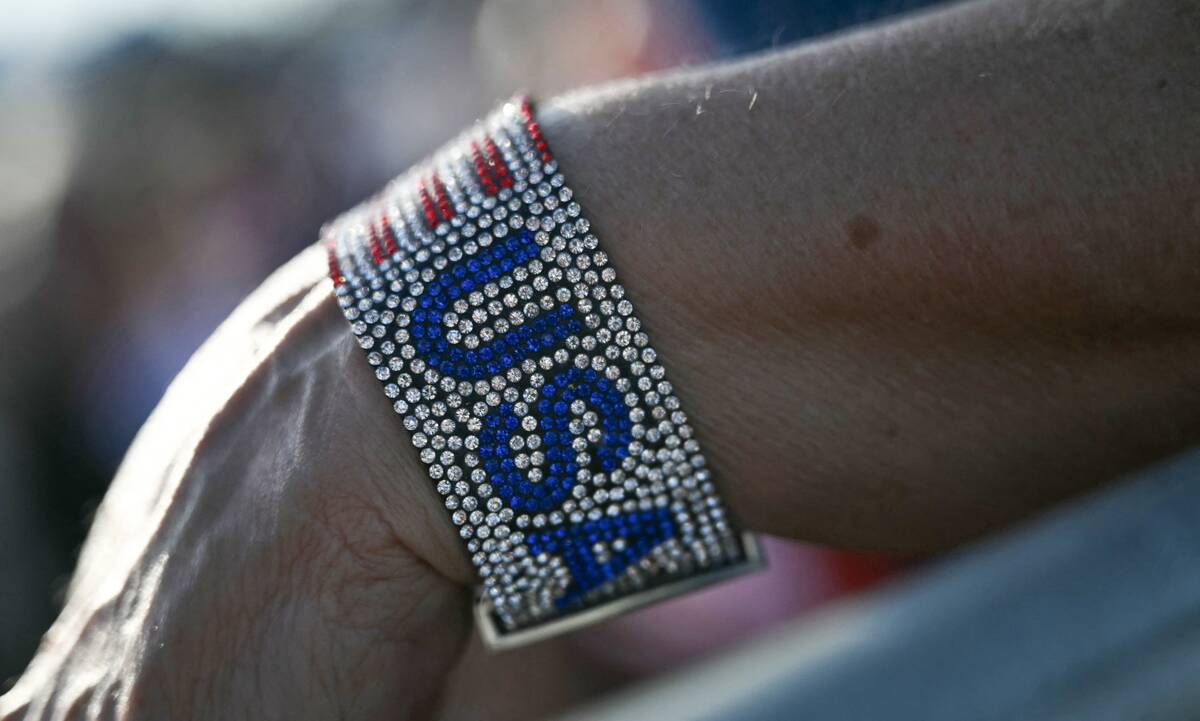
The early 2000s saw the rise of low-rise jeans, often paired with crop tops and bedazzled accessories. Pop icons like Britney Spears and Christina Aguilera influenced this trend with their daring stage outfits. The era was characterized by a playful and youthful approach to fashion, with an emphasis on personalization and embellishment. Technology also played a role, with the internet beginning to shape how trends were shared and adopted.
The Mid 2000s: Ugg Boots and Juicy Couture Tracksuits
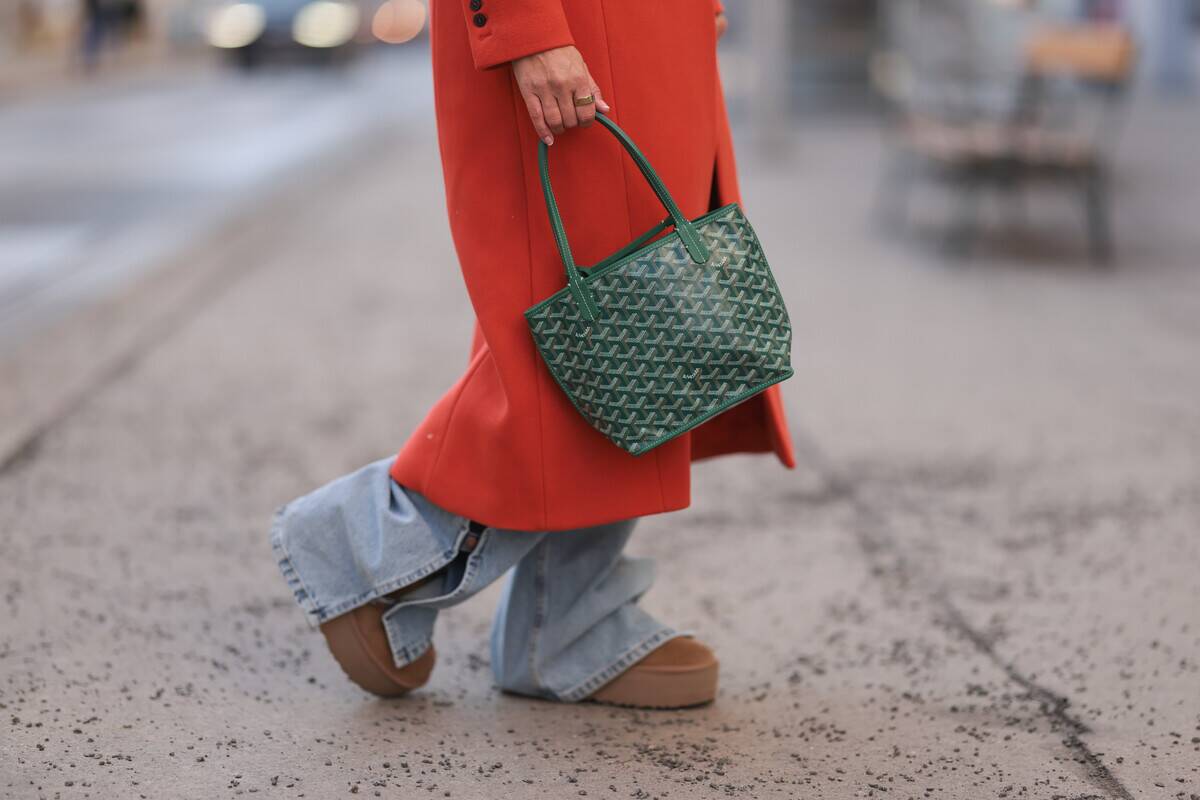
Comfort became a key theme in the mid-2000s with the popularity of Ugg boots and Juicy Couture tracksuits. Celebrities like Paris Hilton and Lindsay Lohan were often seen sporting these cozy ensembles, blurring the lines between casual and chic. The trend reflected a shift towards more relaxed styles, with an emphasis on comfort without sacrificing style. This era highlighted the influence of celebrity culture on everyday fashion choices.
The 2010s: Hipster Culture and Normcore
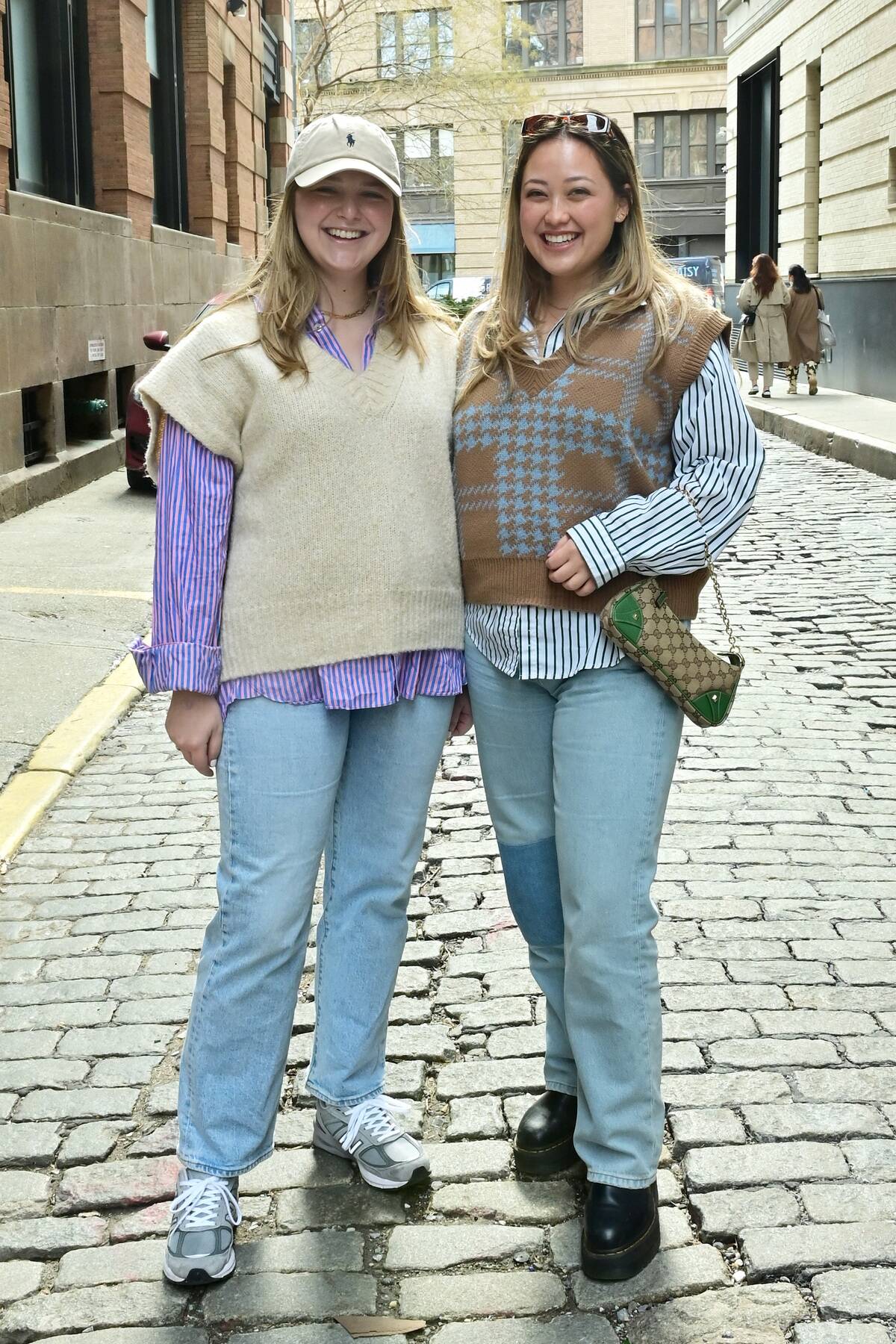
The 2010s brought about the rise of hipster culture, characterized by vintage-inspired fashion and an appreciation for the artisanal. Normcore also emerged, celebrating the mundane with unassuming styles like plain T-shirts and mom jeans. This decade saw a rejection of flashy trends in favor of authenticity and individuality. Social media platforms like Instagram became instrumental in spreading these trends, allowing for a democratization of fashion.
The Ugly Christmas Sweater Phenomenon
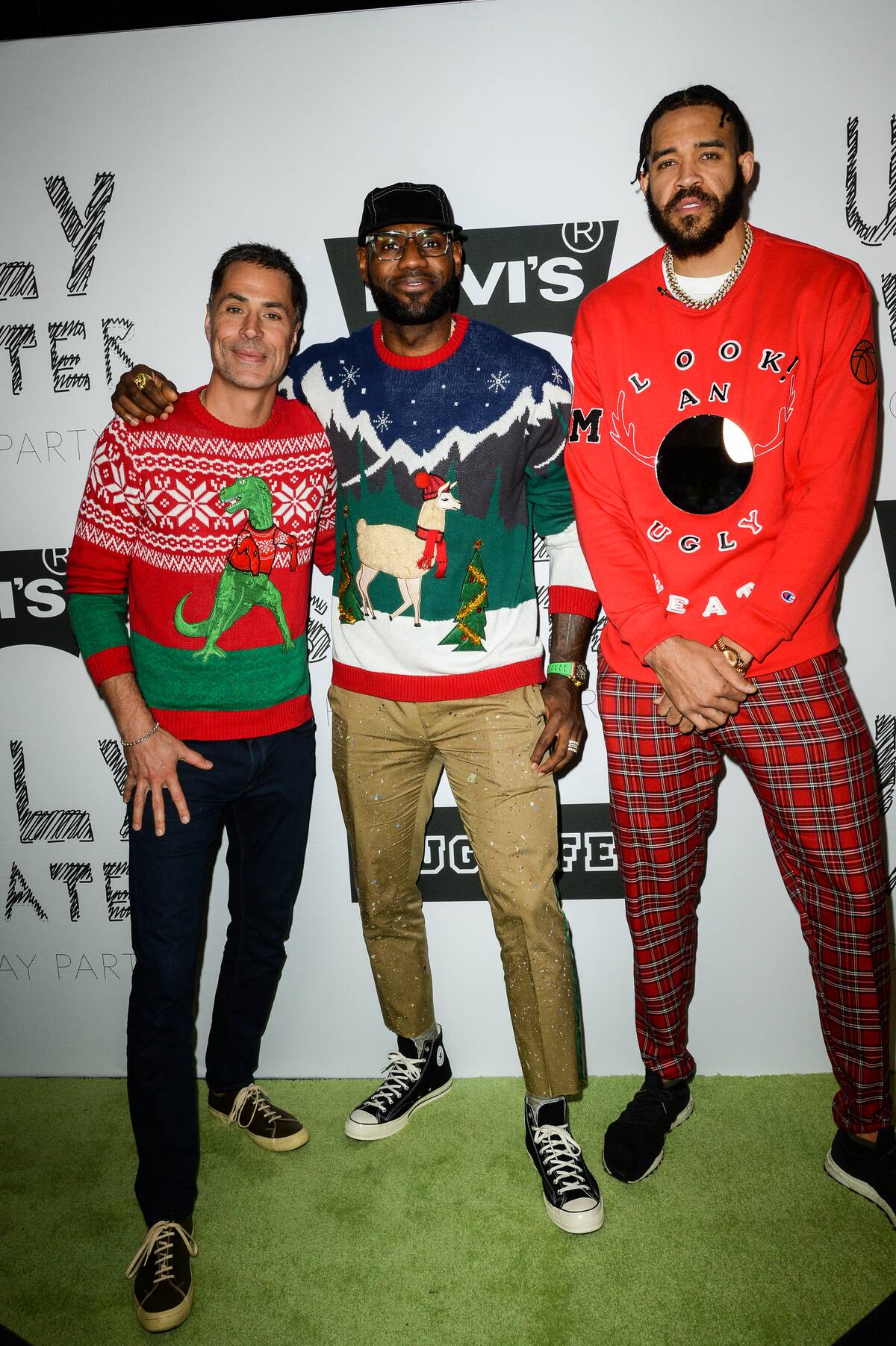
The ugly Christmas sweater trend began as a kitschy throwback, but quickly evolved into a beloved holiday tradition. Initially a tongue-in-cheek nod to the tacky sweaters of the past, these garments have become a festive staple at holiday gatherings. Thrift stores and online retailers alike offer a plethora of choices, often with playful designs and puns. This trend highlights the fun and lighthearted side of fashion, bringing people together in the spirit of celebration.
The Rise of Athleisure: From Gym to Street
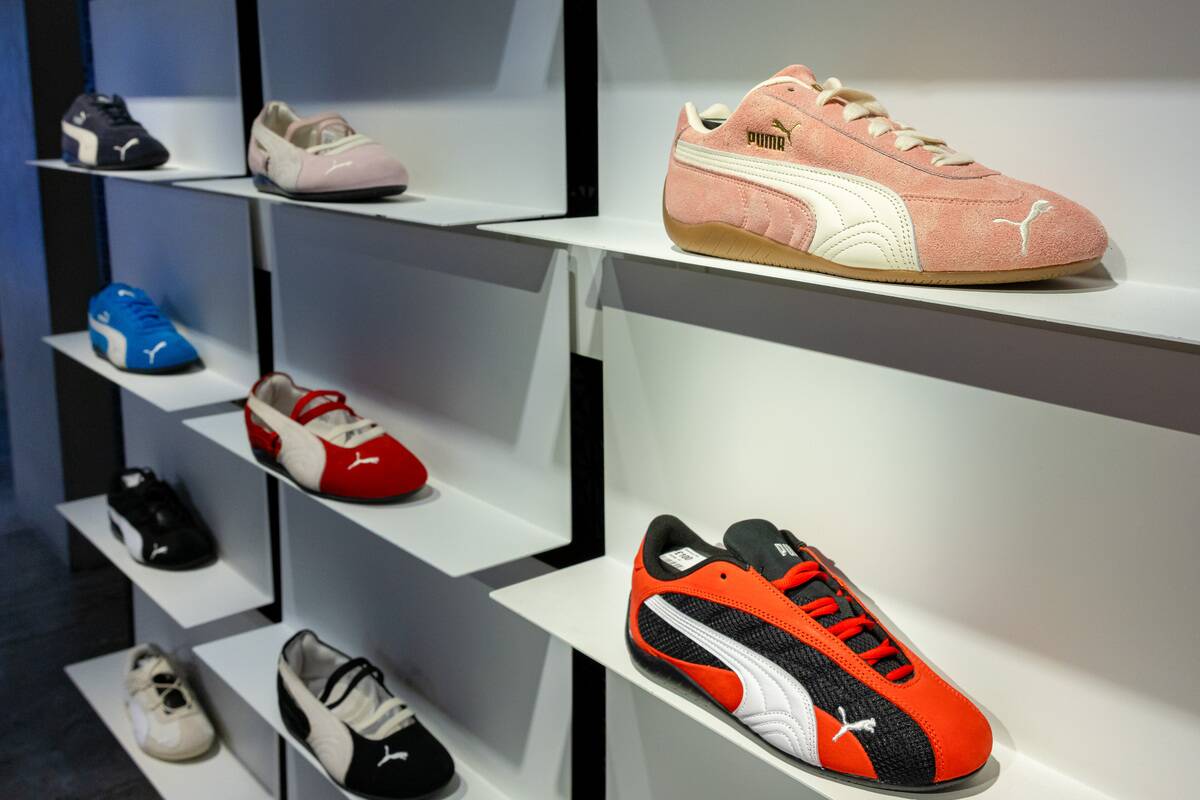
Athleisure has become a dominant trend, blurring the lines between athletic wear and everyday fashion. Brands like Lululemon and Nike have spearheaded this movement, offering stylish yet functional clothing. The rise of health consciousness and fitness culture has propelled athleisure into the mainstream, with leggings and sneakers now considered wardrobe essentials. This trend reflects a shift towards practicality and comfort, without compromising on style.
The Highs and Lows of Fast Fashion
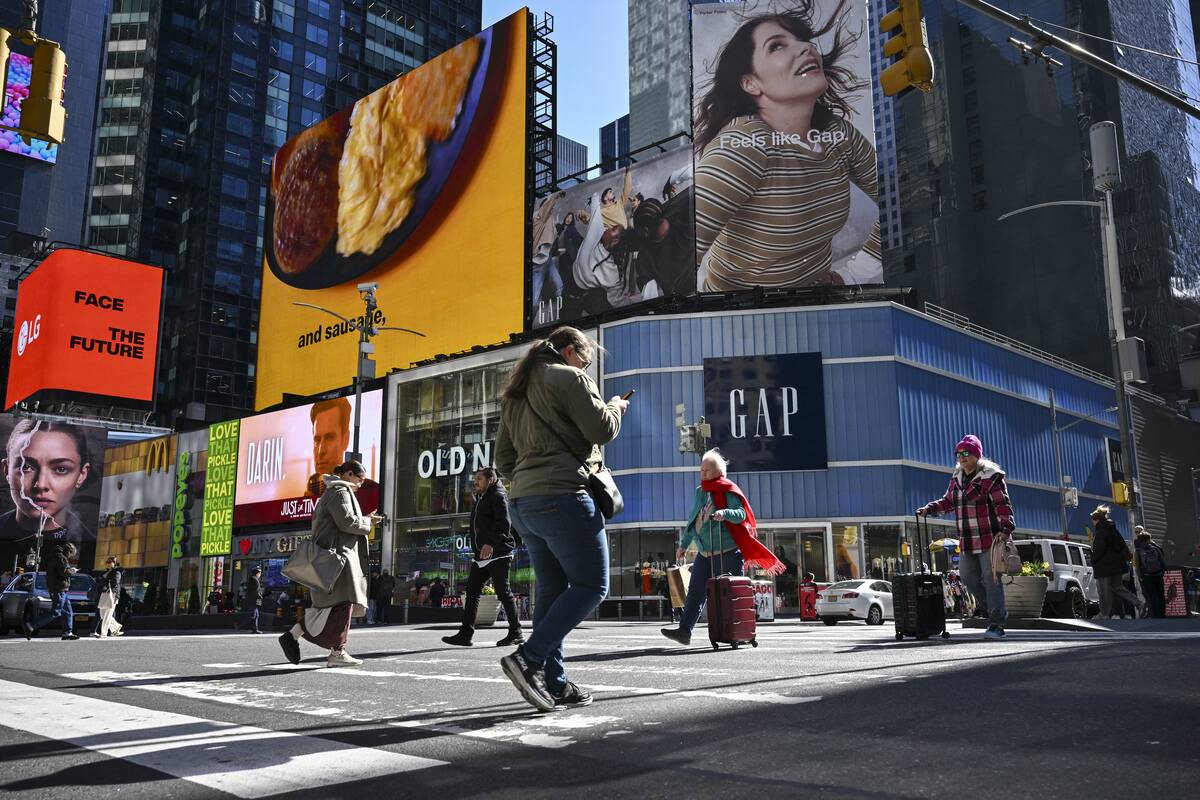
Fast fashion has revolutionized the industry, making trends accessible and affordable. Brands like Zara and H&M have capitalized on quick production cycles, allowing consumers to keep up with ever-changing styles. However, this convenience comes with environmental and ethical concerns, as the industry faces criticism for its impact on workers and resources. The fast fashion model underscores the tension between consumer demand and sustainability, prompting calls for more responsible practices.
Vintage and Thrift: A Sustainable Comeback
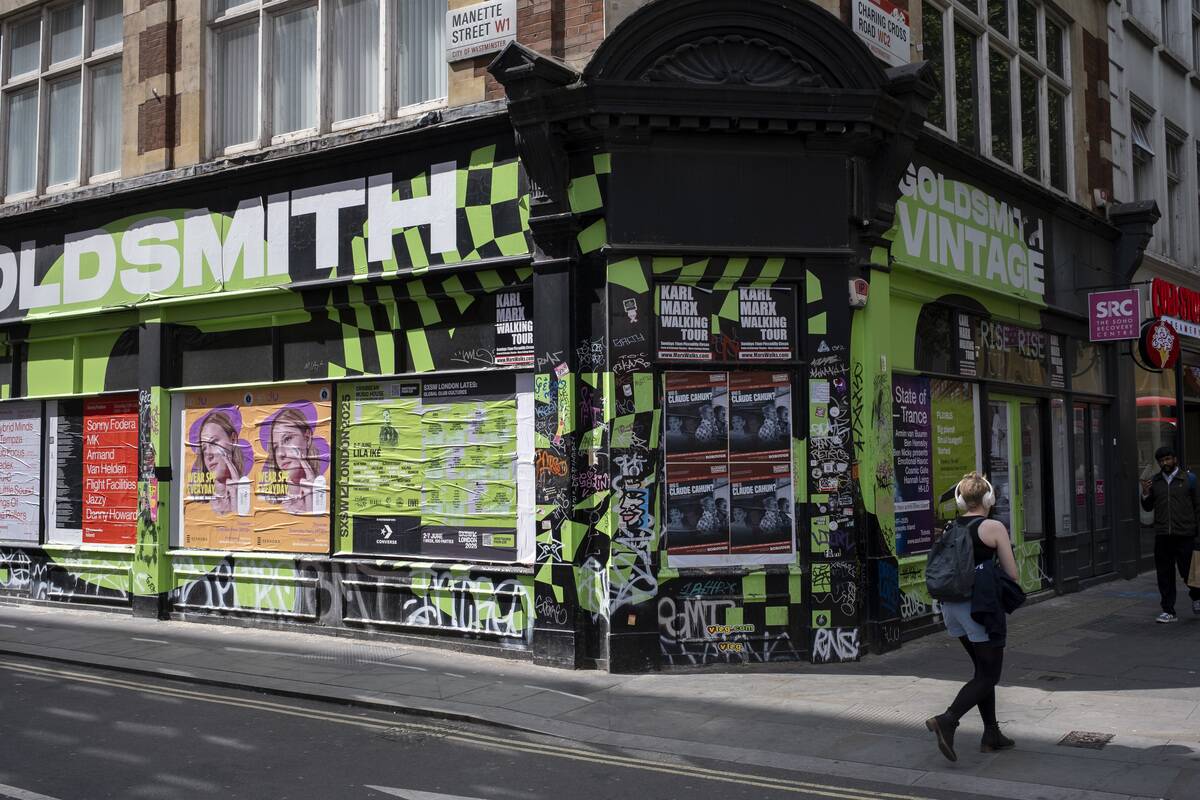
Amid concerns about fast fashion, vintage and thrift shopping have gained popularity as eco-friendly alternatives. Shoppers are drawn to unique finds and the opportunity to express individuality through curated pieces. Platforms like Depop and Poshmark have made secondhand shopping more accessible, tapping into a growing market for sustainable fashion. This trend reflects a shift towards conscious consumerism, as people seek to reduce their environmental footprint while embracing the charm of the past.
Iconic Celebrity Fashion Moments
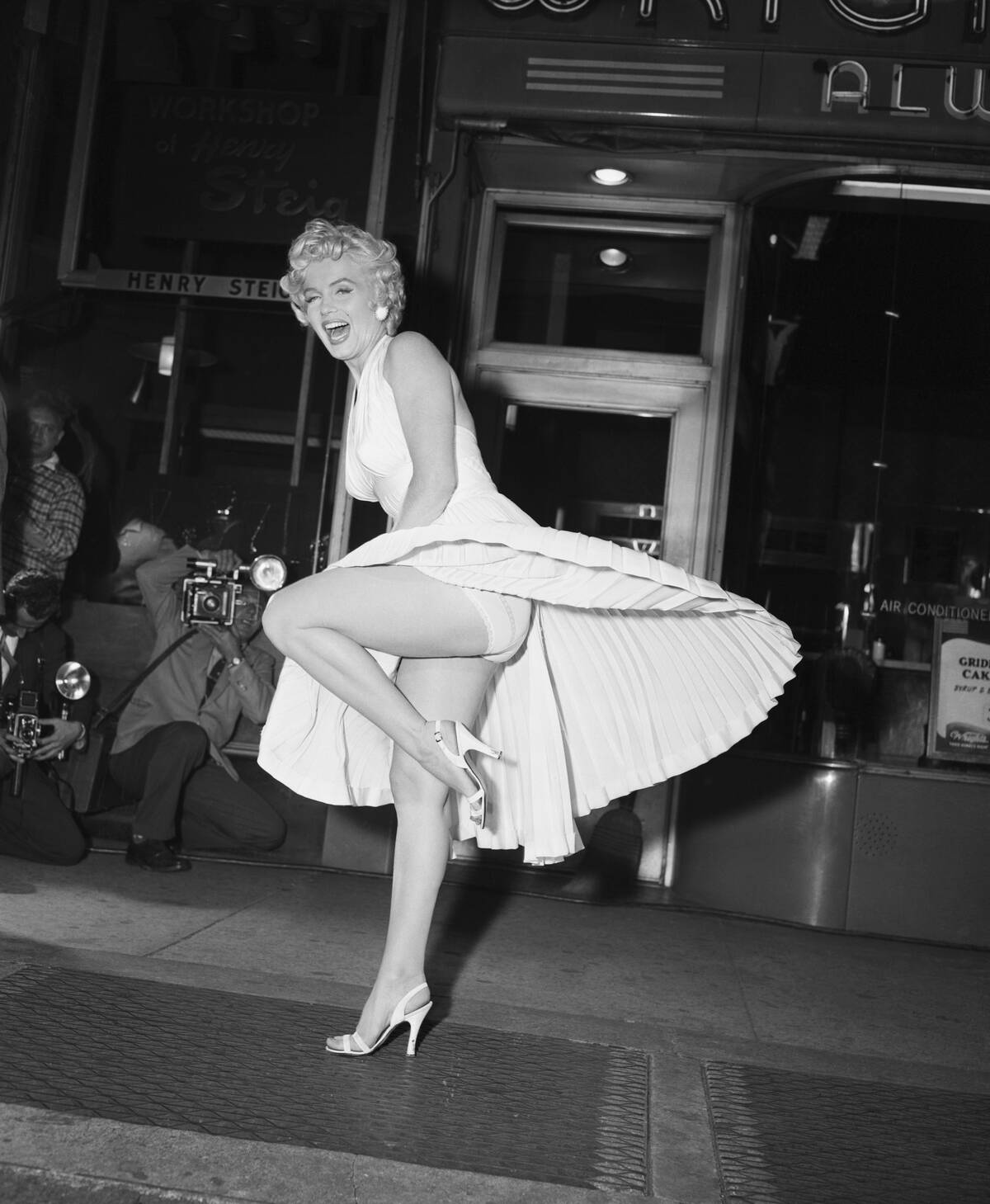
Celebrities have long been trendsetters, with their fashion choices often sparking global trends. Think of Marilyn Monroe’s white dress in “The Seven Year Itch” or Lady Gaga’s meat dress at the VMAs. These iconic moments highlight the power of celebrity influence in shaping fashion. Red carpet events and celebrity endorsements continue to play a significant role in the industry, with stars using their platforms to promote new styles and designers.
The Role of Social Media Influencers
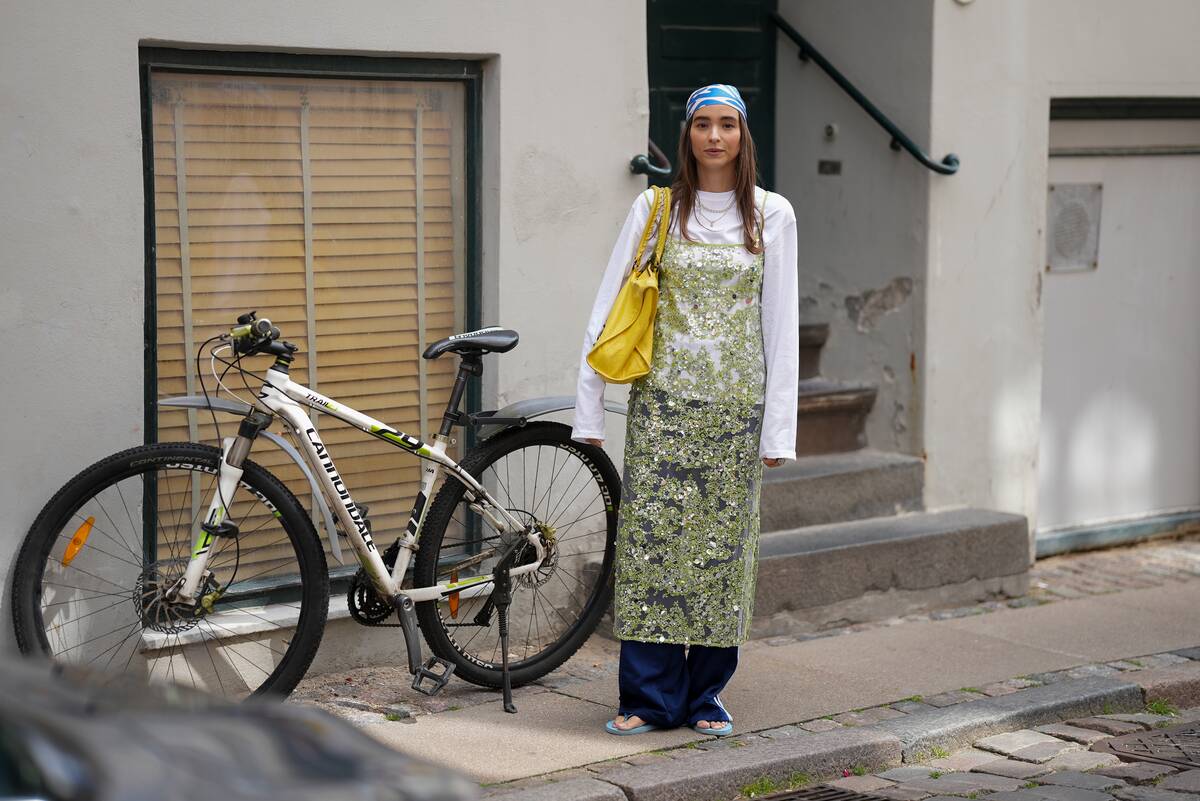
Social media influencers have transformed the fashion landscape, offering a new way for trends to gain traction. Platforms like Instagram and TikTok allow influencers to showcase their personal style, reaching vast audiences with just a post. Their endorsements can propel brands to viral status, shifting the power dynamic from traditional fashion houses to digital creators. This democratization of fashion has made it more accessible and diverse, reflecting a broader range of voices and styles.
How Technology is Shaping Fashion Trends
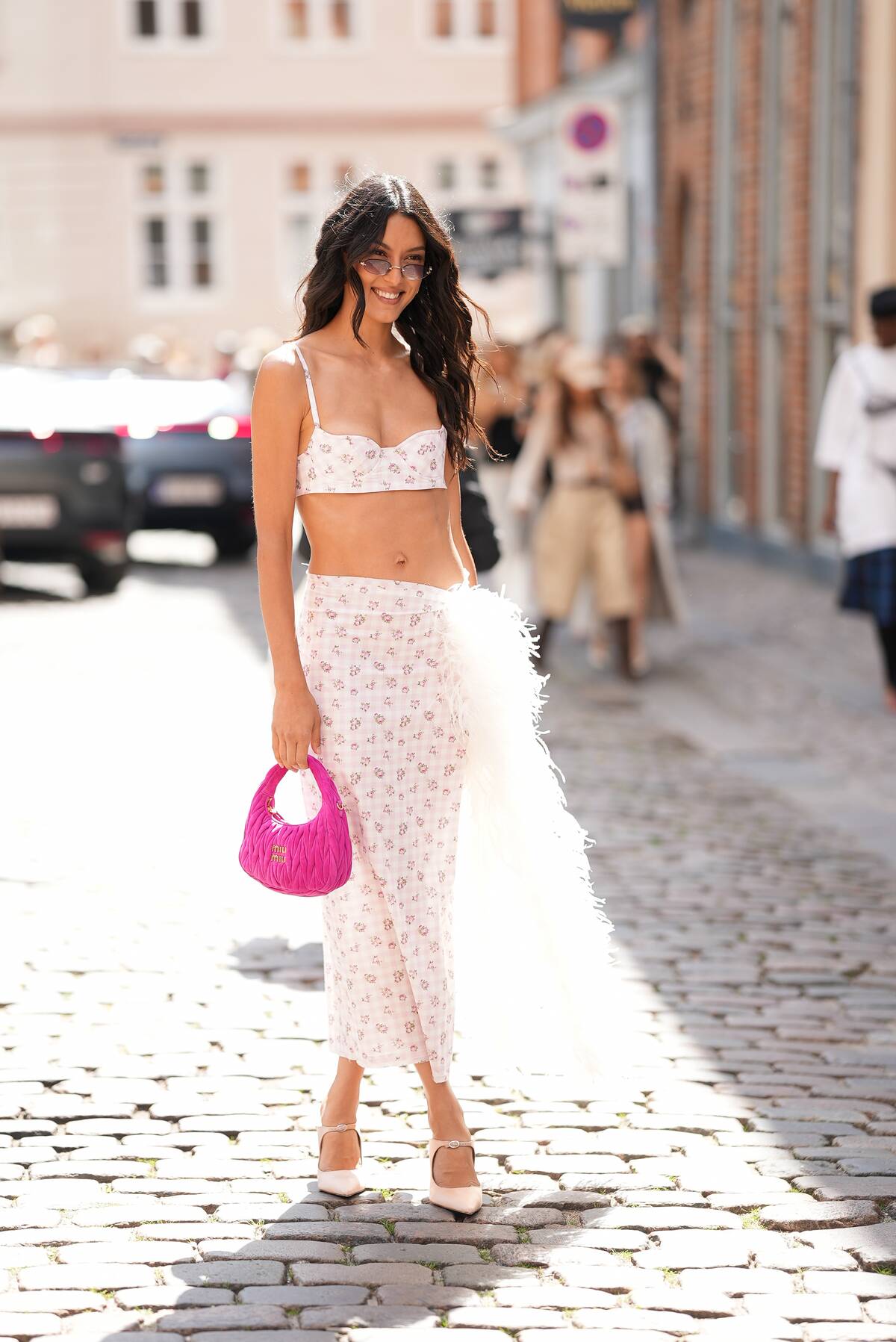
Technology has become a driving force in fashion, from virtual runways to smart textiles. Innovations like 3D printing and AI are revolutionizing design processes, while VR and AR offer immersive shopping experiences. Brands are using data analytics to tailor collections to consumer preferences, creating a more personalized shopping experience. Technology’s integration into fashion highlights the industry’s adaptability and forward-thinking nature, continually pushing the boundaries of what’s possible.
The Cultural Impact of American Fashion Trends
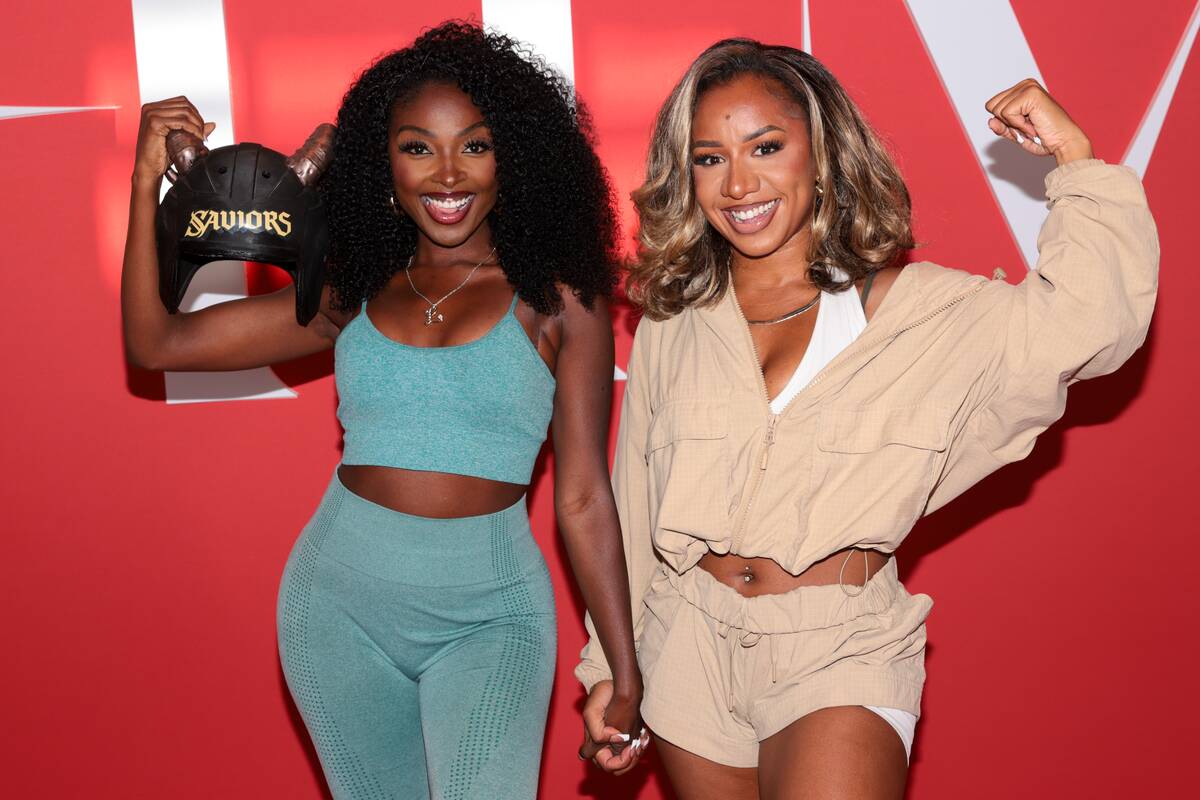
American fashion trends have had a profound cultural impact, shaping global perceptions of style and identity. From Hollywood glamour to streetwear, these trends reflect the diverse and dynamic nature of American society. They often serve as a conduit for cultural exchange, influencing and being influenced by global styles. The cultural significance of American fashion lies in its ability to tell stories, challenge norms, and celebrate individuality, making it a powerful force on the world stage.
Reflections on Fashion’s Cyclical Nature
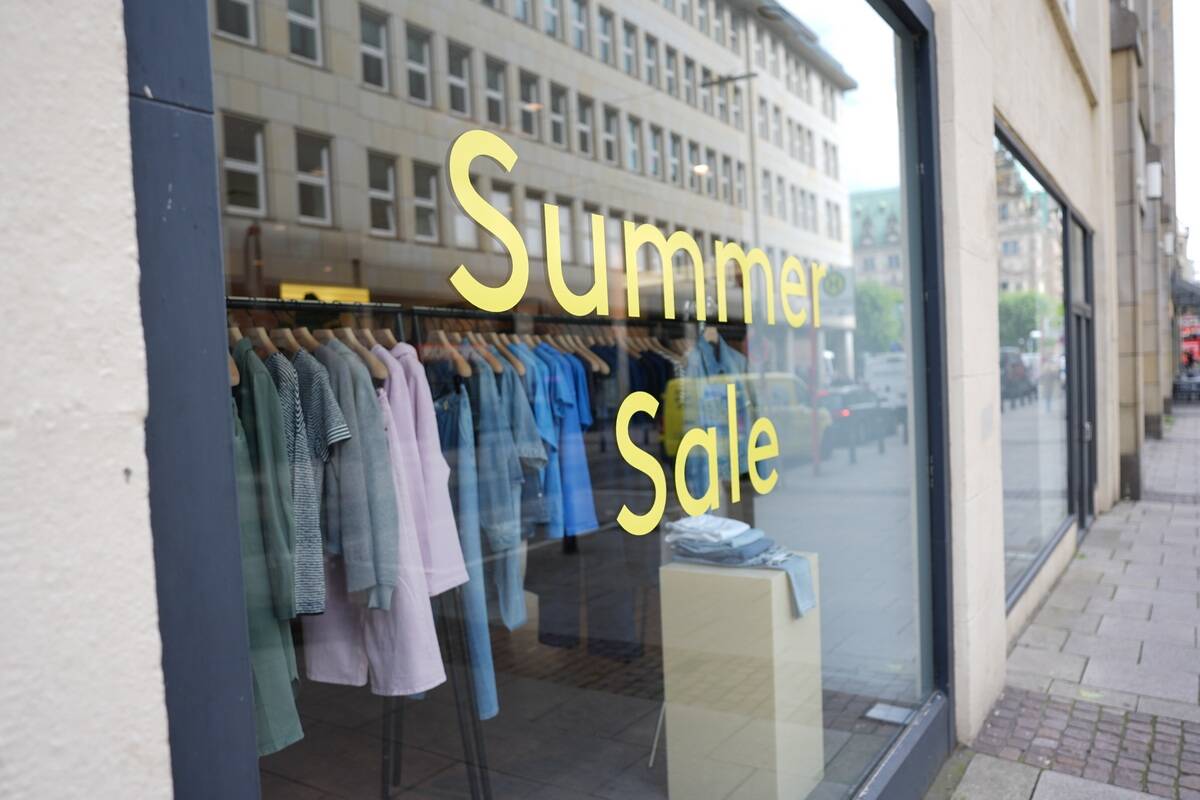
Fashion is inherently cyclical, with trends often resurfacing in new and exciting ways. What was once old becomes new again, as designers find inspiration in past eras. This cyclical nature reflects a longing for nostalgia and the timeless appeal of certain styles. As we look to the future, fashion will continue to evolve, drawing from its rich history while embracing innovation. It’s a testament to the enduring nature of style and its ability to adapt and transform.



